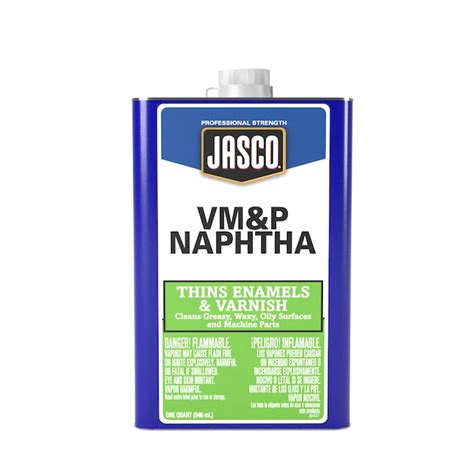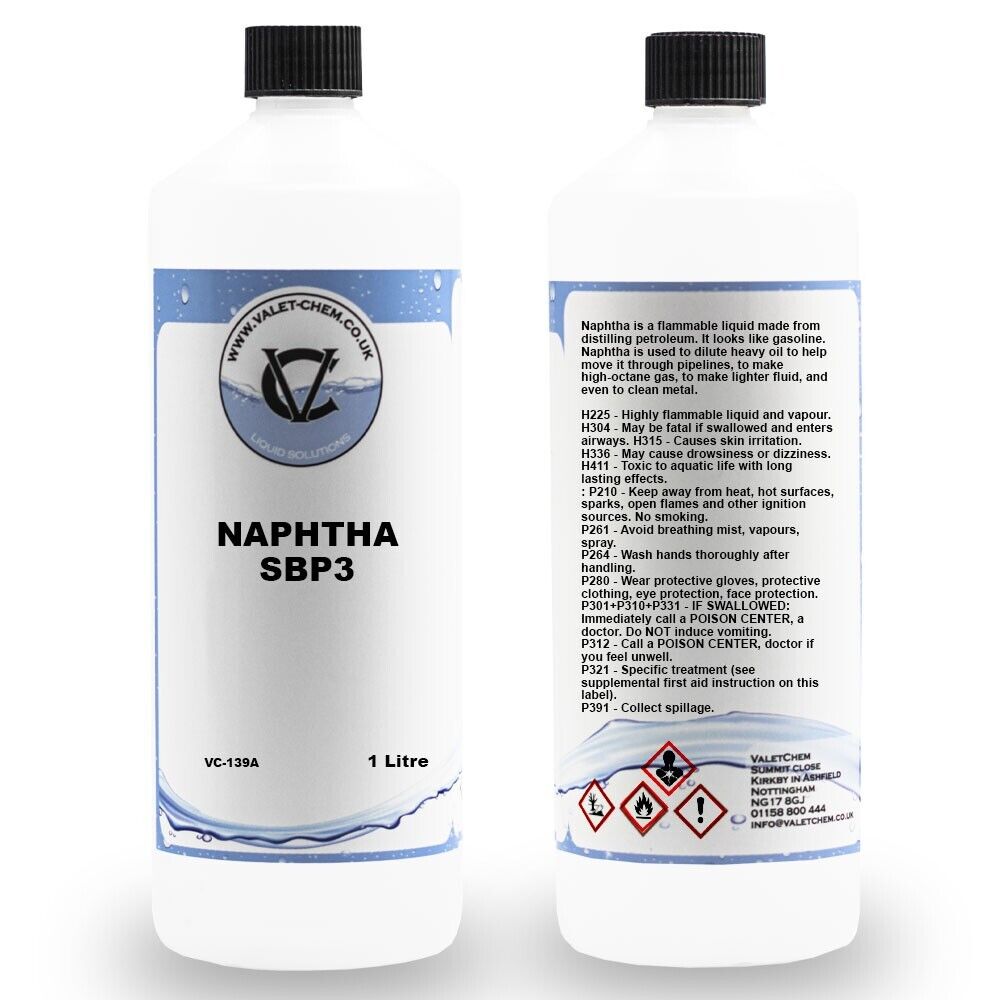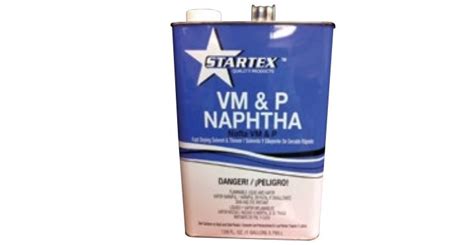Vm&P Naphtha, a crucial component in various industrial processes, is a petroleum-based solvent with a wide range of applications. The acronym "Vm&P" stands for "Varnish Makers and Painters," which reflects its historical use in the paint and varnish industries. This solvent is characterized by its high volatility, flammability, and ability to dissolve a variety of substances, making it an essential material in the manufacturing of paints, coatings, and other chemical products.
The chemical composition of Vm&P Naphtha is primarily a mixture of hydrocarbons, including paraffins, naphthenes, and aromatics. The exact composition can vary depending on the source and refining process, but it typically consists of a blend of lighter and heavier hydrocarbons. This blend provides the solvent with its unique properties, such as a low boiling point, high evaporation rate, and excellent solvency for a wide range of resins, polymers, and other substances.
Key Points
- Vm&P Naphtha is a petroleum-based solvent used in various industrial applications, including paint and varnish production.
- Its chemical composition is a mixture of hydrocarbons, including paraffins, naphthenes, and aromatics.
- The solvent has high volatility, flammability, and solvency, making it suitable for a range of industrial processes.
- Vm&P Naphtha is used in the production of paints, coatings, and other chemical products due to its ability to dissolve various substances.
- The exact composition of Vm&P Naphtha can vary depending on the source and refining process, affecting its properties and applications.
Applications and Uses of Vm&P Naphtha

Vm&P Naphtha is utilized in a variety of applications due to its excellent solvency and volatility. One of its primary uses is in the production of paints, varnishes, and coatings. The solvent is capable of dissolving a wide range of resins, including alkyd, epoxy, and polyurethane resins, making it an essential component in the formulation of these products. Additionally, Vm&P Naphtha is used in the manufacture of adhesives, sealants, and caulks, as well as in the production of printing inks and other graphic arts materials.
In addition to its use in the paint and coatings industry, Vm&P Naphtha is also employed in various other industrial processes. It is used as a cleaning solvent for equipment and surfaces, as well as a thinner for paints and coatings. The solvent is also used in the production of pharmaceuticals, cosmetics, and other personal care products, where its solvency and volatility are valuable assets.
Properties and Characteristics of Vm&P Naphtha
Vm&P Naphtha has several key properties that make it a valuable solvent in various industrial applications. Its high volatility and low boiling point allow it to evaporate quickly, leaving minimal residue and reducing the risk of solvent retention in the final product. The solvent’s excellent solvency for a wide range of substances makes it an ideal choice for dissolving resins, polymers, and other materials.
The flammability of Vm&P Naphtha is a significant consideration in its handling and use. The solvent has a low flash point, which means that it can ignite easily in the presence of an ignition source. As a result, it is essential to handle Vm&P Naphtha with caution, using proper ventilation, grounding, and explosion-proof equipment to minimize the risk of fire or explosion.
| Property | Value |
|---|---|
| Boiling Point | 38-60°C (100-140°F) |
| Flash Point | -10 to 10°C (14 to 50°F) |
| Vapor Pressure | 10-20 kPa (1.4-2.9 psi) |
| Density | 0.7-0.8 g/cm³ |

Safety and Handling Considerations for Vm&P Naphtha

The handling and use of Vm&P Naphtha require careful attention to safety due to its flammability and potential health hazards. The solvent is a skin and eye irritant, and prolonged exposure can cause respiratory problems and other health issues. It is essential to use proper personal protective equipment (PPE), including gloves, safety glasses, and a respirator, when handling Vm&P Naphtha.
In addition to personal safety precautions, it is crucial to follow proper handling and storage procedures to minimize the risk of fire or explosion. Vm&P Naphtha should be stored in a well-ventilated area, away from ignition sources and incompatible materials. The solvent should be handled in a grounded and bonded container, and all equipment should be designed and constructed to prevent the accumulation of static electricity.
Environmental and Regulatory Considerations
The use of Vm&P Naphtha is subject to various environmental and regulatory considerations. The solvent is a volatile organic compound (VOC), which can contribute to air pollution and climate change. As a result, manufacturers must comply with regulations and guidelines aimed at reducing VOC emissions and minimizing the environmental impact of Vm&P Naphtha.
In the United States, the Environmental Protection Agency (EPA) regulates the use of Vm&P Naphtha under the Clean Air Act and other federal laws. The Occupational Safety and Health Administration (OSHA) also provides guidelines and standards for the safe handling and use of the solvent in the workplace. Manufacturers must be aware of these regulations and take steps to ensure compliance, including implementing control measures to minimize VOC emissions and providing training and protective equipment for workers handling Vm&P Naphtha.
What is the primary use of Vm&P Naphtha?
+Vm&P Naphtha is primarily used as a solvent in the production of paints, varnishes, and coatings.
What are the key properties of Vm&P Naphtha?
+Vm&P Naphtha has high volatility, flammability, and excellent solvency for a wide range of substances.
What safety precautions should be taken when handling Vm&P Naphtha?
+Proper personal protective equipment (PPE), including gloves, safety glasses, and a respirator, should be worn when handling Vm&P Naphtha. The solvent should be stored in a well-ventilated area, away from ignition sources and incompatible materials.
